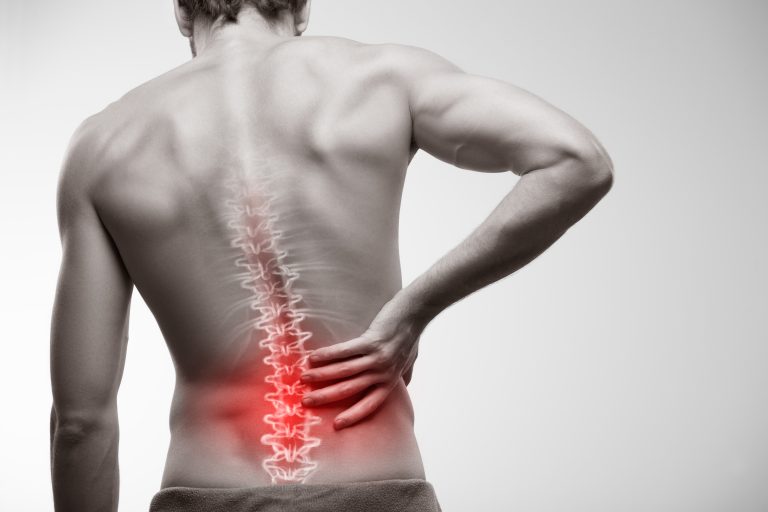Lumbar Foraminal Stenosis Treatment
There are a number of nonsurgical treatments available for lumbar foraminal stenosis (narrowing). If you have this condition, you might be a little hazy about what it really means.
Of course, your physician probably explained to you, but you may have been distracted by your pain or confused by some of the medical jargon. Or, maybe you were stunned by this somewhat scary-sounding diagnosis, and your state of surprise overshadowed some of what your physician was saying.
First, you should pause and take a breath. Lumbar foraminal stenosis is very common. It happens in the lower back (lumbar spine) when the openings in the spinal vertebrae become narrower.
This narrowing effect is caused by the presence of tissue that doesn’t belong there, such as a herniated disc, inflamed ligament, or bone spur. Most often, these conditions result from degenerative changes in the spine and can’t be prevented. These are changes that simply take place gradually as you get older.
Now What?
Lumbar foraminal stenosis does not require treatment by default. When it happens many people don’t even feel it. But if a partially blocked foramen touches a nerve root that is passing through it, the nerve can become irritated. The nerve will begin sending unpredictable signals that cause varying degrees of pain, muscle weakness, and tingling sensations.
Symptoms like these are probably what prompted you to see your physician in the first place. If you need help in managing your discomfort, have a talk with your physician. Surgery is off the table for the most part. At least for now and most likely for the foreseeable future.
In fact, the majority of people with lumbar foraminal stenosis never need surgery. That’s because nonsurgical treatments can be very effective. Your physician can help you find the best approach for you, which may be a combination of the following foraminal treatments:
- Low impact exercise
- Stretches and yoga
- Lifestyle changes
- Pain relievers and anti-inflammatories
- Corticosteroid injections
If It Turns Out That You’re In The Minority
With all of that said, we can treat lumbar foraminal stenosis surgically if the discomfort is severe and nothing seems to help. If you’ve reached that point, you may want to speak with the experts at BEST Health System.
Our minimally invasive spine surgery is often the clinically appropriate first choice and provides many advantages over open neck or back surgery.
To learn more, contact BEST Health System today.
